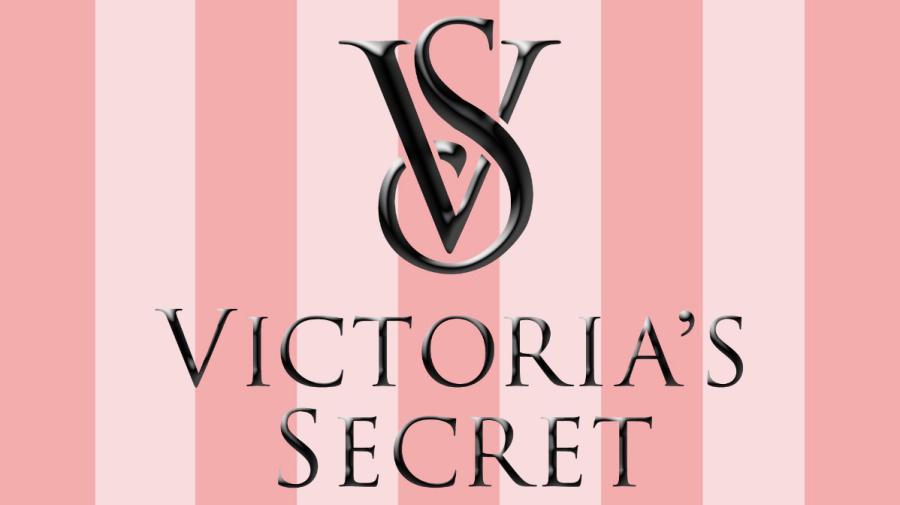The ÔÇśmale gazeÔÇÖ has shaped the way that women are viewed in the media for decades, influencing sectors from film to fashion. One of the most controversial brands fuelling unrealistic beauty standards conforming to the male gaze is none other than fashion powerhouse VictoriaÔÇÖs Secret. The brandÔÇÖs imagery and marketing sell not only lingerie but an idealised view of femininity based on male desire.
VictoriaÔÇÖs Secret and the Male GazeÔÇŽ how it began
The term ÔÇśthe male gazeÔÇÖ was coined in 1975 by Laura Mulvey, referring to the presentation of women in the media from a male perspective, where the woman in question is viewed as an object for male pleasure. Just two years later, businessman Roy Raymond started his own women’s lingerie business, inspired by Victorian-era boudoirs and alluding to the ÔÇśsecretÔÇÖ underneath clothes. Raymond started the brand with the intention for men to feel comfortable buying lingerie for their partners – showing that the store itself was never about women in the first place.
Performative Nature of VictoriaÔÇÖs Secret
In 1995, the brand held its first (now infamous) fashion show; the runway showcased six-foot-tall, size 0, mainly white models in skimpy lingerie. The brand had been bought by Les Wexner, friend and business associate of Jeffrey Epstein, and Donald Trump was invited to attend in the audience, long before he was president, but widely known for his accusations of sexual assault – and his business empire. This further highlights the misogynistic nature of the company and how it catered to the male gaze, especially with such controversial characters with links to the brand. It never championed women and did anything to bring money and attention, rather than take a duty of care for the women the clothes were for. Especially at the time, the brand was never about womenÔÇÖs empowerment, so much as capitalising off of womenÔÇÖs insecurities and beauty standards, forcing women to fit in.
Redemption arc?
After a six-year break, the Fashion Show returned in October of this year, completely updated and featured a more diverse range of models, both in terms of ethnicity and body shape. It is clear that an active effort is being made to shake the image of stereotypical male desires and the male gaze. However, these issues are so deeply rooted and embedded in the company’s culture that people continue to view the brand in the same way. These same problems persist despite VictoriaÔÇÖs Secret’s attempts to create a new narrative about female empowerment and confidence.
References:
Cheong, K. (2024) VictoriaÔÇÖs Secret Fashion Show 2024: The Redemption Arc. Roar News. Available at https://roarnews.co.uk/2024/victorias-secret-fashion-show-2024-the-redemption-arc/ [Accessed 26 Nov. 2024]
Cosslet, RL. (2019). VictoriaÔÇÖs Secret was never female-friendly – its shtick was about pleasing men. The Guardian. Available at: https://www.theguardian.com/commentisfree/2019/aug/02/victorias-secret-female-friendly-shtick-pleasing-men-lingerie [Accessed 23 Nov. 2024]
Grau, I. (2022) VictoriaÔÇÖs Secret: The Male Fantasy. Stitch Fashion. Available at http://www.stitchfashion.com/home//victorias-secret-the-male-fantasy [Accessed 23 Nov. 2024]
Light, A. (2024) Why the VictoriaÔÇÖs Secret Runway Comeback Missed the Mark. ELLE. Available at https://www.elle.com/uk/fashion/a62623420/victorias-secret-runway-comeback-fail/ [Accessed 23 Nov. 2024]


Hello Paloma, this is an interesting take on the male gaze and you have offered valuable insight into how well known brands such as Victoria Secret use women as objects or commodities of the male desire. I similarly believe that it might take a very long time before the objectification of women will reduce in the media landscape. You have touched on the matter from a historical perspective that makes it easy to understand how male- centric perspectives have dominated the media for a very long time, and you have also shown how Victoria Secret is complicit in the objectification of women. I ,however, do not think some of these brands will stop this trends since it is very profitable to use the female body for advertisement purposes as the center of attraction.
Hi, Paloma.This blog offers a sharp critique of VictoriaÔÇÖs SecretÔÇÖs ties to the male gaze, effectively tracing its origins and cultural impact. The historical context, especially the brandÔÇÖs focus on male comfort and idealised femininity, is particularly compelling. The discussion of the 2024 rebranding raises important questions about authenticity versus performative change. It might be interesting to explore whether this new narrative can genuinely redefine the brand or if it remains trapped by its past.